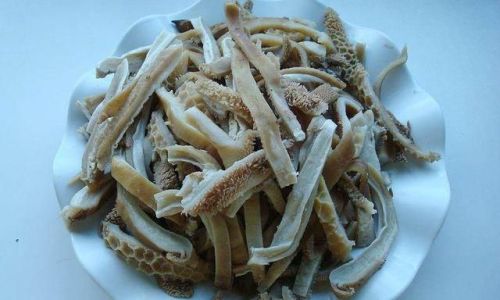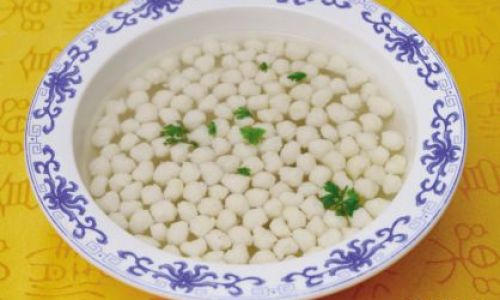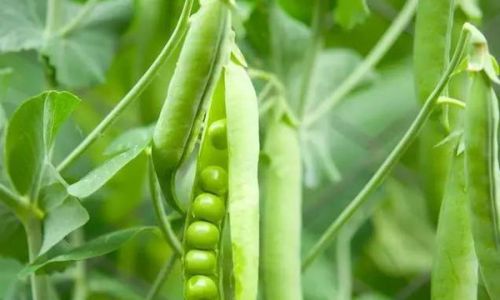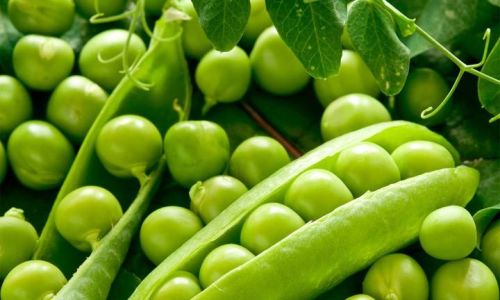Introduction
Lamb tripe, often overlooked by many but cherished by food enthusiasts, is a versatile and nutritious ingredient that can be transformed into a myriad of delicious dishes. Derived from the stomach lining of sheep, lamb tripe boasts a unique texture and flavor profile that, when cooked properly, can delight the palate and nourish the body. This article aims to provide a comprehensive guide to cooking lamb tripe, covering various preparation techniques, cooking methods, seasoning suggestions, and recipe ideas. By the end, you’ll be equipped with the knowledge and skills to elevate lamb tripe from a mere curiosity to a culinary masterpiece.

Understanding Lamb Tripe
Before diving into the cooking process, it’s essential to understand what lamb tripe is and the different types available. Lamb tripe primarily refers to the stomach lining of sheep, which is typically divided into four sections: rumen, reticulum, omasum, and abomasum. Each section has a distinct texture and is suited to different cooking methods.
- Rumen: The largest section, it has a tough, rubbery texture and is often used in stews and slow-cooked dishes.
- Reticulum: Known for its honeycomb-like appearance, it’s slightly more tender than the rumen and can be used in a variety of preparations.
- Omasum: This section is characterized by its leafy layers and is relatively tender, making it ideal for stir-fries and quick-cooking methods.
- Abomasum: The smallest and most tender section, resembling the human stomach, it’s perfect for dishes that require a delicate touch.
When purchasing lamb tripe, look for pieces that are firm, have a clean smell, and are free from discoloration or punctures. Fresh tripe is preferable, but if you can only find frozen, ensure it’s thawed properly before use.
Preparation Techniques
Proper preparation is key to transforming lamb tripe into a delightful dish. Here are some essential steps to follow:
-
Cleaning: Begin by rinsing the tripe under cold running water to remove any surface impurities. Then, soak it in a large bowl of cold water with a splash of vinegar or lemon juice for about 30 minutes to help neutralize any odors and further cleanse the tissue. After soaking, rinse thoroughly under cold water again.
-
Trimming: Once cleaned, inspect the tripe closely and trim away any fat, sinew, or tough membranes that may affect the final texture.
-
Blanching: To further cleanse and tenderize the tripe, blanch it in boiling water for about 5-10 minutes. This step also helps to remove any remaining impurities and tightens the texture, making it more manageable for subsequent cooking. After blanching, rinse the tripe under cold water to stop the cooking process and set the texture.
-
Seasoning and Marinating: Lamb tripe can benefit from seasoning and marinating to enhance its flavor. Consider using a blend of herbs, spices, acids (like vinegar or lemon juice), and oils to create a marinade that complements the tripe’s natural flavors. Marinate for at least an hour, preferably overnight, to allow the flavors to penetrate deeply.
Cooking Methods
With lamb tripe, the cooking method you choose will largely depend on the type of dish you’re aiming to create and the texture you prefer. Here are some popular cooking techniques:
-
Boiling and Stewing: Boiling and stewing are excellent methods for tenderizing tough cuts of lamb tripe, particularly the rumen and reticulum. Start by placing the prepared tripe in a large pot with enough water or broth to cover. Add aromatic vegetables (like onions, carrots, and celery), herbs (like bay leaves and thyme), and seasoning (salt and pepper). Bring to a boil, then reduce the heat and simmer gently until the tripe is tender, which can take several hours depending on the cut.
-
Pressure Cooking: Pressure cooking is a faster alternative to boiling and stewing, reducing cooking time by up to half. Place the prepared tripe, along with your choice of aromatics and seasoning, in a pressure cooker. Add enough liquid to cover and cook according to the manufacturer’s instructions until the tripe is tender.
-
Stir-Frying: For a quicker, more dynamic dish, consider stir-frying lamb tripe, particularly the omasum or abomasum. Slice the tripe into thin strips and cook over high heat with a small amount of oil. Add vegetables, such as bell peppers, onions, and snap peas, and season with soy sauce, garlic, and ginger for a flavorful stir-fry.
-
Braising: Braising combines moist heat with slow cooking to create tender, flavorful dishes. Preheat your oven to a low temperature (around 300°F or 150°C). In a heavy-bottomed pot, sear the prepared tripe on all sides until browned. Add aromatics, seasoning, and a small amount of liquid (like broth or wine). Cover and transfer to the oven, braising until the tripe is tender and the liquid has reduced to a rich sauce.
-
Grilling: While less common, grilling lamb tripe can yield surprising results, particularly when using the more tender sections like the abomasum. Slice the tripe into thin strips, marinate, and grill over medium-high heat until slightly charred and caramelized. Serve with a zesty dipping sauce for added flavor.

Seasoning and Flavor Profiles
Lamb tripe is incredibly versatile and can be seasoned to suit a wide range of flavor profiles. Here are some seasoning suggestions to inspire your cooking:
-
Herbs and Spices: Classic herbs like rosemary, thyme, and bay leaves add depth and complexity. Spices such as cumin, coriander, and paprika can transform the dish into a hearty, aromatic feast.
-
Acids: Incorporating acids like vinegar, lemon juice, or wine can brighten the flavors and help tenderize the tripe. A splash of red wine vinegar or a squeeze of fresh lemon juice can elevate a simple stew or braise.
-
Aromatics: Onions, garlic, and shallots are essential for building a flavorful base. Sautéed until soft and translucent, they release their natural sugars, adding sweetness and depth to the dish.
-
Sauces and Condiments: From rich gravies and gravies to tangy mustards and creamy mashed potatoes, sauces can transform lamb tripe into a meal that’s both comforting and sophisticated.
Recipe Ideas
To bring these techniques and seasoning suggestions to life, here are a few recipe ideas to get you started:
-
Lamb Tripe Stew with Vegetables: Start by boiling the tripe until tender. In a separate pot, sauté onions, carrots, celery, and garlic until soft. Add tomatoes, broth, and seasoning, then return the cooked tripe to the pot. Simmer until the vegetables are tender and the flavors have melded together.
-
Braised Lamb Tripe with Red Wine: Sear the tripe in a hot pan until browned on all sides. Add chopped onions, garlic, and carrots, then deglaze with red wine. Add broth, thyme, bay leaves, and seasoning, cover, and braise in the oven until tender. Finish with a splash of balsamic vinegar for added tang.
-
Lamb Tripe Stir-Fry with Garlic and Ginger: Slice the tripe into thin strips and marinate in a mixture of soy sauce, garlic, ginger, and rice vinegar. Heat oil in a wok or large skillet, then stir-fry the tripe until browned and slightly crispy. Add sliced bell peppers, snap peas, and more garlic and ginger, cooking until the vegetables are tender-crisp. Serve over steamed rice or noodles.
-
Lamb Tripe and Potato Curry: Cook the tripe until tender, then sauté onions, garlic, and ginger in a separate pan. Add curry powder and cook until fragrant. Stir in coconut milk, tomatoes, and seasoning, then return the cooked tripe to the pan. Add peeled and diced potatoes, simmer until tender, and finish with fresh cilantro and lime juice.
-
Grilled Lamb Tripe Tacos: Marinate thin strips of tripe in a mixture of lime juice, garlic, cumin, and chili powder. Grill until slightly charred and caramelized. Serve in soft corn tortillas with toppings like shredded cabbage, avocado, salsa, and a dollop of sour cream.
Conclusion
Lamb tripe, often dismissed as an unappealing ingredient, is a treasure trove of culinary possibilities. With the right preparation, cooking techniques, and seasoning, it can be transformed into dishes that are both delicious and nutritious. Whether you’re looking to create a hearty stew, a vibrant stir-fry, or a sophisticated braise, lamb tripe offers a unique and satisfying eating experience. So, the next time you come across this underappreciated ingredient, don’t shy away—embrace its potential and let your culinary creativity shine. Happy cooking!





0 comments